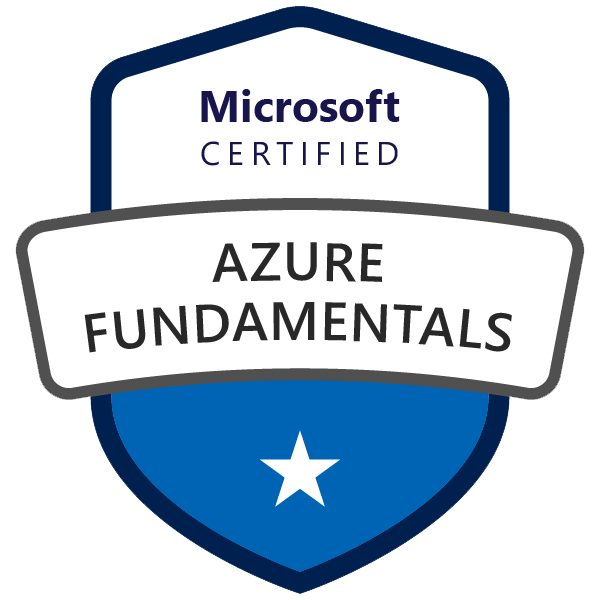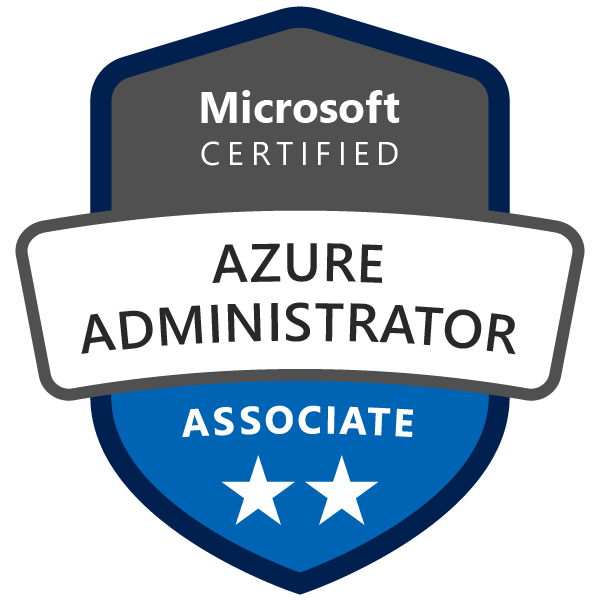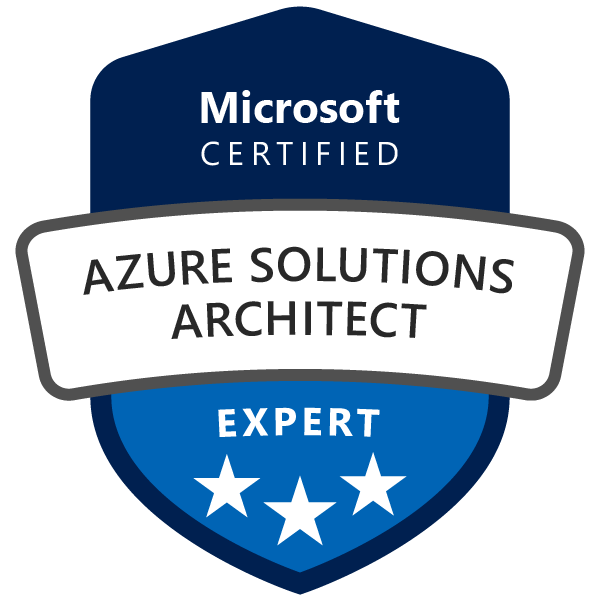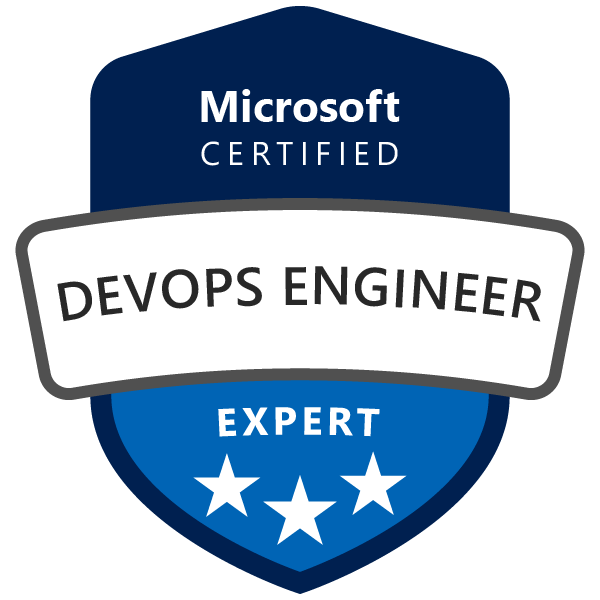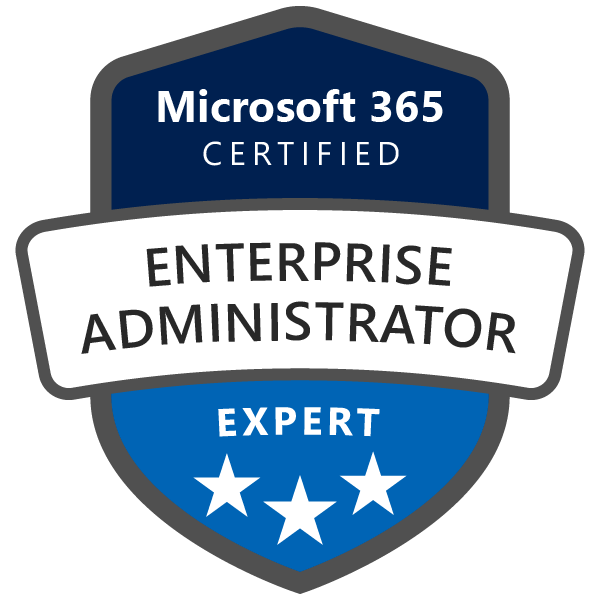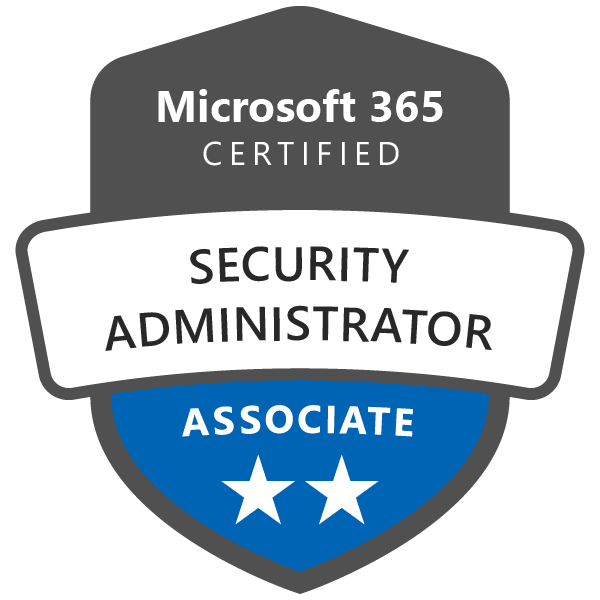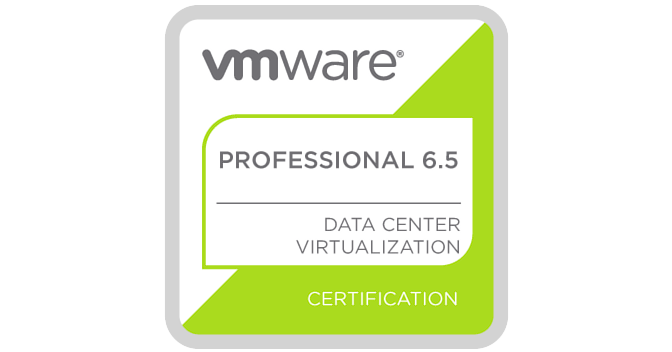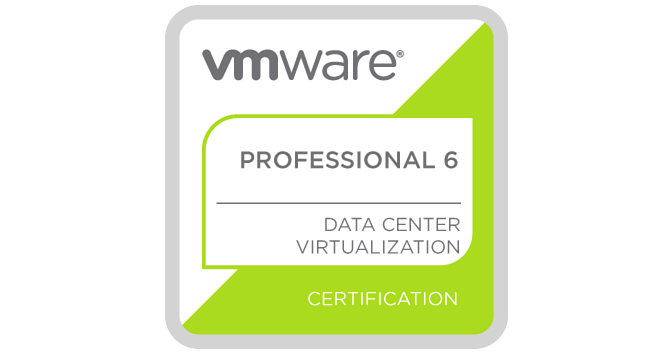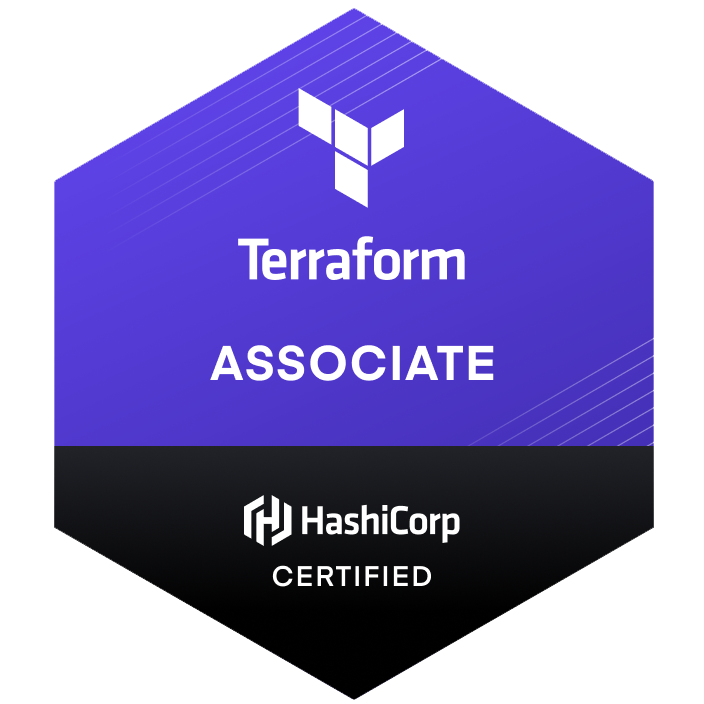In today's fast-paced IT landscape, DevOps has become a crucial component for effective software delivery. It bridges the gap between development and operations, promoting collaboration and automation to enhance the overall efficiency of the software development process. One of the leading platforms in this space is Microsoft's Azure, which offers a suite of cloud-based tools and services that can be harnessed to build a successful DevOps career. In this blog post, we'll explore how to become a DevOps engineer by mastering Azure Cloud, DevOps principles, PowerShell for resource deployments, and YAML pipelines.
Step 1: Understanding the Basics of Azure Cloud
Azure Cloud is a comprehensive set of cloud services that enables you to build, deploy, and manage applications through Microsoft's global network of data centers. To begin your journey, familiarize yourself with Azure's core concepts and services:
- Azure Portal: The central web-based management platform for all Azure services.
- Azure Resource Manager (ARM): The service that helps you organize and manage resources in your Azure environment.
- Azure Virtual Machines (VMs): The compute resources that enable you to run applications and services.
- Azure Storage: A scalable, durable, and highly available storage solution for structured and unstructured data.
- Azure Networking: A suite of services that facilitates communication between resources and devices within your Azure environment.
Step 2: Learning DevOps Principles and Best Practices
To become a successful DevOps engineer, you need to understand the key principles and practices that guide the discipline. These include:
- Continuous Integration (CI): The practice of frequently merging code changes into a central repository, enabling automated builds and tests.
- Continuous Delivery (CD): The process of automatically deploying changes to production, ensuring that the software is always in a releasable state.
- Infrastructure as Code (IAC): The management and provisioning of infrastructure through code, promoting consistency and scalability.
- Monitoring and Logging: The collection and analysis of application and infrastructure data to maintain system health and identify potential issues.
- Collaboration and Communication: Encouraging open channels of communication between development and operations teams to improve workflow and efficiency.
Step 3: Mastering PowerShell for Resource Deployments
PowerShell is a powerful scripting language that enables you to automate tasks and manage resources in your Azure environment. To leverage PowerShell for DevOps, focus on the following areas:
- Learn the basics of PowerShell syntax and scripting, including variables, loops, functions, and error handling.
- Understand how to use PowerShell modules to extend its functionality, such as the Azure PowerShell module for managing Azure resources.
- Develop scripts to automate common tasks, such as provisioning virtual machines, managing storage accounts, and configuring network settings.
- Use Desired State Configuration (DSC) to manage and enforce the desired state of your infrastructure, enabling a more consistent and reliable environment.
Step 4: Building and Managing YAML Pipelines
YAML (Yet Another Markup Language) is a human-readable data serialization format commonly used for configuration files and data exchange between languages with different data structures. In Azure DevOps, YAML is used to define pipelines for CI/CD. To master YAML pipelines, follow these steps:
- Learn the basics of YAML syntax, including indentation, key-value pairs, and data structures such as lists and dictionaries.
- Understand the components of Azure DevOps pipelines, such as stages, jobs, steps, and tasks.
- Familiarize yourself with Azure DevOps pipeline tasks, which are pre-built functions that enable you to perform specific actions, like building and deploying code.
- Create and manage YAML pipelines, incorporating best practices for version control, security, and
efficiency.
Step 5: Gaining Hands-On Experience
Once you have a solid understanding of Azure Cloud, DevOps principles, PowerShell, and YAML pipelines, it's time to put your knowledge into practice. Here are some ways to gain hands-on experience:
- Set up a personal Azure account to explore and experiment with Azure services. Take advantage of the free tier offerings and available resources.
- Create and deploy applications on Azure, using the platform's various services and tools. Start with simple applications, then gradually move on to more complex projects.
- Automate resource deployments using PowerShell scripts, making sure to incorporate error handling and logging for increased reliability.
- Implement CI/CD pipelines in Azure DevOps, utilizing YAML to define your pipeline configurations. Iterate and optimize your pipelines to achieve efficient and reliable deployments.
- Participate in open-source projects or contribute to your organization's DevOps initiatives, collaborating with teammates and refining your skills.
Step 6: Earning Relevant Certifications
Certifications can help validate your skills and make you a more attractive candidate for DevOps roles. Consider earning the following certifications related to Azure and DevOps:
- Microsoft Certified: Azure Administrator Associate
- Microsoft Certified: Azure Developer Associate
- Microsoft Certified: Azure DevOps Engineer Expert
These certifications will not only showcase your expertise but also give you access to a vast community of professionals, resources, and opportunities.
Conclusion
Becoming a DevOps engineer requires a strong foundation in Azure Cloud, DevOps principles, PowerShell, and YAML pipelines. By investing time and effort into mastering these concepts and gaining hands-on experience, you'll be well on your way to a successful career in the ever-evolving world of DevOps. Remember that continuous learning and improvement are crucial in this field, so stay curious and never stop exploring new technologies and methodologies.




